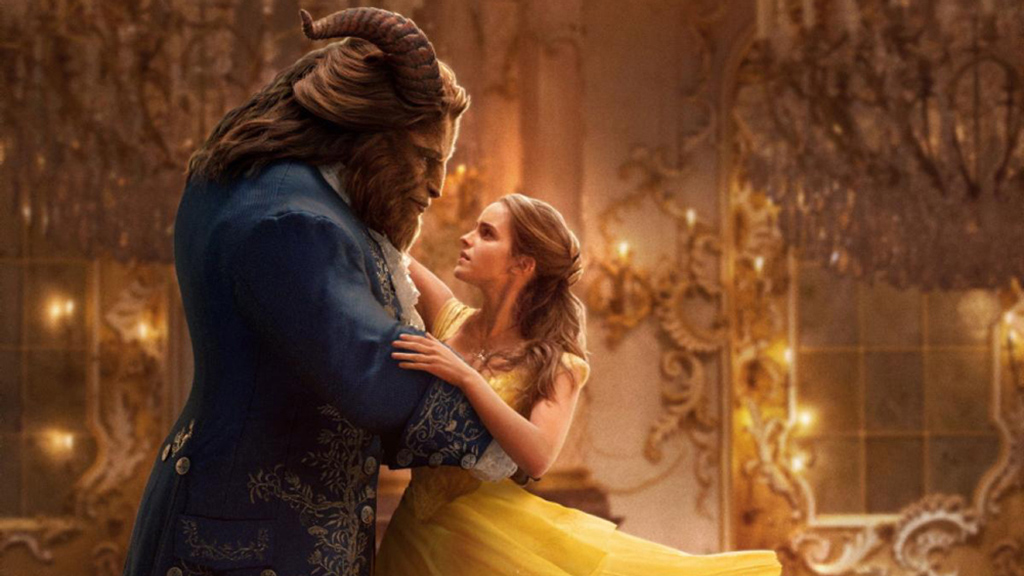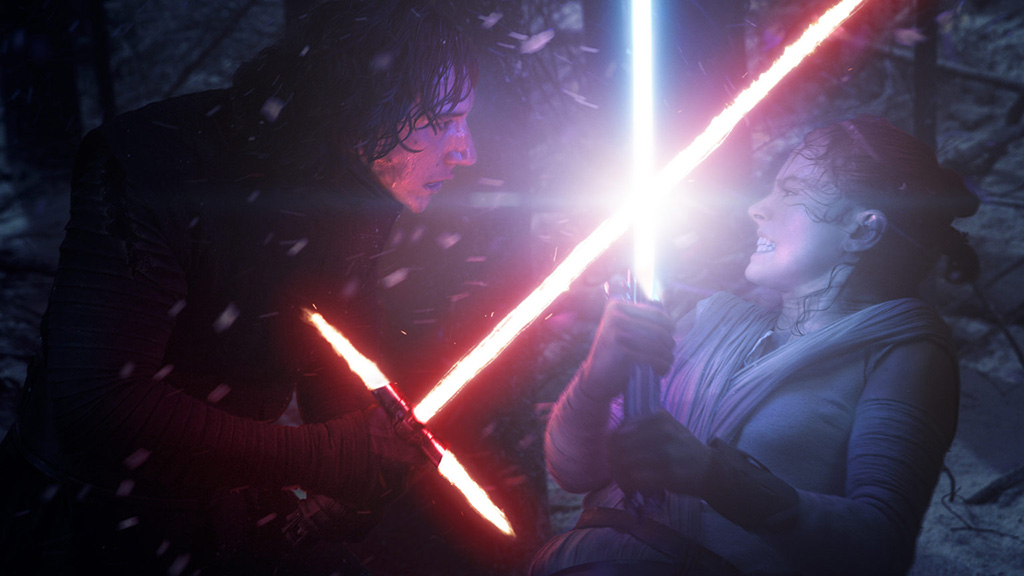Steamboat Willie to Disney Plus: a history of Disney domination
How Disney ended up owning most of your childhood

Take a look at the biggest films of the year so far and you’ll notice one thing: Disney absolutely dominates. Already in 2019 it has grossed over $8bn (around £6bn / AU$12bn) at the global box office, thanks to the live action remakes of Aladdin and The Lion King, the Pixar follow-up Toy Story 4, and, of course, the massive cultural event that was Avengers: Endgame.
That figure is set to balloon further, too. Before the year ends, the company will also be releasing Frozen 2 and a little film called Star Wars: The Rise of Skywalker. Disney is set to further tighten its grip on the small screen too, with the launch of streaming service Disney Plus. Simply put, the House of Mickey is unstoppable.
This domination is not an accident, or the result of a few lucky manoeuvres: it’s the result of calculated technological and business innovation that spans almost a century in the lifespan of the Walt Disney corporation. So join us in looking back on some of the smartest moves that made Disney’s film business so powerful.
- Curious about pricing? Check out our Disney Plus price guide
- Disney Plus review: what we think so far
- Want it for free? Get a free 12 months of Disney Plus
The Early Years: Pioneering Animation

Disney started life as an animation studio – and with its third film, Steamboat Wilie in 1928, it demonstrated how the company would continue to use technological innovation to keep audiences engaged.
The 7 minute, 46 second film was actually the third starring Mickey Mouse, but what makes it notable is that it was the first to use what was called ‘synchronised sound’ – the then revolutionary idea of having an audio track that corresponded to what was being shown onscreen.
In the early 1930s, Disney first experimented with colour films, using a technology known as ‘technicolor’. This was a process where a subject – whether a human or an animation cell – was shot simultaneously through three colour filters (red, green, and blue) on to three separate strips of film. Disney wasn’t the first company to use this technology – but it perhaps had the most success thanks to it.
In 1934, the company released Snow White and the Seven Dwarves, which briefly became the biggest film of all time, before MGM’s Gone With The Wind was released in 1939. During the 1940s, too – while Europe was busy having a war – Disney continued making films that would become classics, including Pinnochio and Fantasia in 1940, Dumbo in 1941, and Bambi in 1942.
Get daily insight, inspiration and deals in your inbox
Sign up for breaking news, reviews, opinion, top tech deals, and more.

After the war, the company continued making more classic animated features like Lady and the Tramp and Sleeping Beauty. The other big development of this time was the opening of Disneyland in California.
But all was not well: Sleeping Beauty actually lost money because it was so expensive to make. But this is where Disney was saved by the advent of another new technology: xeroxography.
If you’re wondering what xeroxography is, it’s essentially the ability to photocopy cells (celluloid sheets) for animation, so that not every single cell needed to be redrawn and repainted. And it arrived at just the right time, when Disney was working on 101 Dalmations. Without it, Disney would have faced the expensive nightmare of needing to hand-animate, well, 101 different dogs on the screen.
The 80s and 90s: Home Video and The Disney Vault

The late 1970s and early 1980s saw a huge shift in how viewers consumed Disney content. The rise of home video meant that in theory, viewers could access Disney’s unrivalled animation library whenever they wanted to.
In theory, anyway. The reality was rather different.
Historically, Disney had pursued a strategy of re-releasing its films into cinemas every few years. This was good for viewers, as it meant in an era before video they could see films they missed the first time around – and it was good business too, as the limited time re-release would create a promotional buzz.
When it came to home video, then, Disney made what might seem an odd decision: It was only going to sell certain films for a short period of time, before removing them from sale again.
It called this concept the “Disney Vault”, and created this artificial scarcity to maximise the hype in a world that was increasingly experiencing a very early form of “on demand” – as increased distribution of VHS video tapes meant that films could be viewed whenever someone wanted to watch them.

It was also in this era that Disney experienced an animation renaissance, with a host of incredibly beloved and popular films released into movie theatres. Under the leadership of CEO Michael Eisner, between 1989 and 1994, the company released The Little Mermaid, Beauty and the Beast, Aladdin and The Lion King, all of which remain classics today.
But it was in 1995 that technology really changed animation again: Toy Story became the first full length, fully computer-generated feature film, and was a huge success both commercially and critically. In fact, it set the template for animation in the two decades to come. So it was perhaps unfortunate then that while Disney distributed the film, it didn’t own the studio that made it: Pixar.
At least, not yet.
The 2000s: The Force Awakens

It was only when current CEO Bob Iger took over in 2005 that Disney really began to enter its imperial phase. Within a few short years, Iger masterminded deals that saw Disney swallow up Pixar, Lucasfilm, Marvel and most recently 21st Century Fox.
At the time, these perhaps felt like big gambles given the cash involved, but today they are widely viewed as acts of strategic genius. Why? Because Iger realised that in a world of streaming technology where no one company can control the distribution mechanism, the real value isn’t in pipes or airwaves, but in intellectual property.
Simply put, by owning the biggest entertainment brands in the world, audiences will pay to seek them out – including via direct subscription fee to Disney Plus. And the logic is sound: as transformative as Netflix has been, if you want to watch Star Wars, you’re not going to accept Netflix's Lost In Space reboot as a substitute. Instead, you’re going to pull out your credit card and start paying Disney directly.
So by snaffling up Marvel, Pixar and Lucas, and sitting on a library that includes pretty much every beloved animation from the last 100 years, Disney owns a significant slice of our cultural touchstones that Netflix, Amazon Prime, Apple TV Plus or the many other imminent streaming competitors can’t touch.

There’s one point worth mentioning that shows just how clever Disney has been adapting to this new era, and why it will continue to dominate into the future: unlike Netflix, Disney Plus doesn’t need to make money.
Why? Because as former Amazon Video executive Matthew Ball has observed, Disney isn’t too desperate to get money from subscribers – which is clear from the cheap $6.99 / AU$8.99 (around £5.50) per month subscription plan. It’s more interested in selling you a $5,000 (£3,890 / AU$7,430) Disney cruise, a trip to Disneyworld, or having you buy your kids Disney Princess and Marvel toys at Christmas – as that’s where the real money is.
Ultimately, the reason why Disney dominates today and will continue to dominate our culture in the future is because it is a company that is comfortable playing the long game.
Rather than squeeze an extra dollar from you today, it wants to make sure that when you’re 80 and want to spend some time with your grandchildren at the hologram-plex, that you’ll choose to take them to see not any old film, but a digitally de-aged Jaden Smith playing Obi-Wan Kenobi in the latest instalment of the Star Wars franchise. And the evidence suggests that we will.
- Disney Plus Star Wars: all the Star Wars films and shows coming to the Disney Service
- Disney Plus vs Netflix: who will win?
- Disney Plus and Hulu – why you don't have to choose